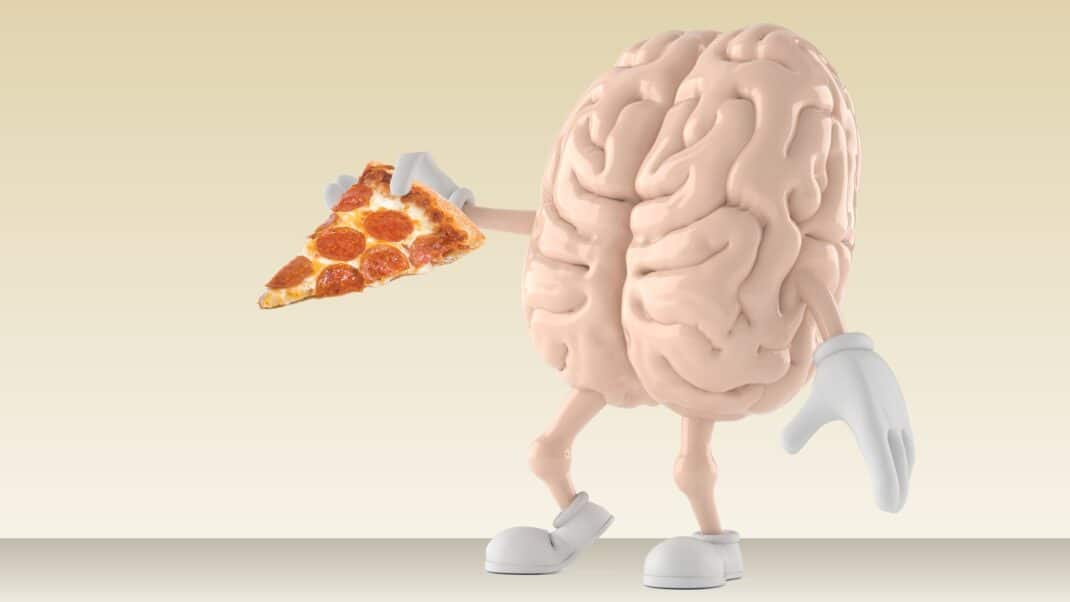Fix Your Feet With Pilates, Part Two
Kathryn Ross-Nash discusses common foot conditions that instructors may experience while working with clients.
In part two of “Fix Your Feet With Pilates,” Kathryn Ross-Nash, author and Pilates teacher, affirms that Pilates is excellent for helping to correct and prevent foot problems: “I believe we need to remind our clients regularly about the importance of taking care of their feet. We need to train the feet just as we do the rest of the body. Footwork is a powerful weapon in the battle to relieve or obviate a client’s pain, or it can simply help move a healthy person forward with strength and proper alignment.”
Bunion-Fighting Tools and Exercises
Bunions are among the more prevalent foot problems that Ross-Nash encounters at her American Body Tech Pilates Institute in New Jersey. A bunion is a deformity that forces the big toe out of alignment. The structure of the foot is one of the primary causes of this condition, which can run in families. It is commonly, but not always, seen in feet that pronate (as a person walks, the ankle rotates internally and the forefoot rotates externally). Shoes that don’t fit correctly, such as high heels, can aggravate bunions by pushing toes into an abnormal position, which puts pressure on toe joints (Johns Hopkins Health Alerts 2010).
Ross-Nash recommends using what she calls “the bunion fighters—the toe stretcher or a thick elastic band such as those used on a head of broccoli” to help prevent or assist in correcting this painful condition. She says the apparatus or band not only stretches the first toe joint but also creates tension to strengthen the joint. She has several suggestions on how to perform some basic foot exercises with these simple tools:
Body Position. Sit upright on chair with legs bent at 90-degree angle, or sit on floor or mat with legs outstretched. Sit directly on sit bones, not behind them. Imagine there is a wall behind you and that your spine is pressed against it. (These exercises can be executed against a real wall if that helps prevent you from rocking back. The wall will also help keep the spine, including the neck, in alignment.) Place hands by hips, and roll shoulders back to open chest. Engage powerhouse with hips and shoulders square. Feet can be parallel and apart or with heels together.
Simple Toe Stretches. Place stretcher or band high on first joint, on or near middle of toenail. Another option is to place band or stretcher lower toward base of toe. Choose option that is easiest for your toes.
- Engage stretcher by engaging core and rotating from hips. Movement should come from hips, not ankle—keep ankle stable throughout movement without twisting knee.
- When spring on stretcher or elastic band is engaged, increase pull on right side by rotating right leg more to right.
- Hold for 5 counts and repeat 5–10 times. Release completely after each pull of stretcher or band.
- Repeat action by pulling toe up or toward you. Keep heel on floor.
- Repeat action, pushing toe down and away from you. Keep heel on floor.
- Repeat all stretches using both feet. Rotate equally from both hips while maintaining alignment of shoulders and hips. If you are seated, be careful to stay lifted, as tendency is to slouch when you move.
Helping Clients With Plantar Fasciitis
Plantar fasciitis, a frequent cause of heel pain, is another condition that Ross-Nash experiences regularly in her practice. It is an inflammation of the plantar fascia, the long, flat ligament on the bottom of the foot that connects the heel bone to the toes. This can be aggravated by activities that put repeated stress on that ligament—for example, ballet, aerobic dancing, running or prolonged standing—or in people who are overweight and/or wear shoes with inadequate support. It develops most frequently in women, especially from the ages of 40 to 60 (Plantar-fasciitis.org 2010; Mayoclinic.com 2010).
“The foot corrector or the [small/mini] Pilates rubber ball is helpful for people with plantar fasciitis. The exercises massage the bottom of the foot and improve circulation, propulsion and ankle stability. [These exercises also assist] the alignment of the foot, ankle, knee and hip,” Ross-Nash explains. The following are a few of her suggestions for working with the foot corrector and/or the ball:
Body Position Options
- Stand upright, keeping both legs straight. Move ankle only.
- Stand upright, bending front leg. Move ankle only.
Arm Position Options
- Place hands on hips. This position helps with alignment.
- Stretch arms out to sides. This position helps with balance.
Foot Position Options
Place ball or corrector pedal
- under arch of foot with heel down (Achilles tendon stretch);
- under arch of foot with heel up (Achilles tendon stretch and ankle control); or
- under heel of foot with ball of foot touching floor (promotes ankle stability and leg strength).
Pressing Exercises
- Choose one each from above body, arm and foot positions; then begin by simply pressing and releasing foot corrector pedal or ball.
- Initiate each movement from core. Ensure that shoulders and hips remain square throughout movement.
- Lower and lift pedal or ball evenly.
- Build strength by increasing (a) amount of time you hold the press in each position and (b) number of times you press pedal or ball.
Ross-Nash cautions that before embarking on a Pilates foot protocol program she always recommends that her students consult a doctor to be certain that whatever their condition, the diagnosis is correct. “We must remember that we are not doctors. We teach exercise, and exercise can heal, but we should know whether Pilates is a recommended therapy for a particular foot problem,” she affirms. “The genius of the Pilates Method is that the work itself, if executed correctly, helps balance the entire body from the bottom of the feet to the crown of the head.”
References
Johns Hopkins Medicine Health Alerts. Bunion basics. www.johnshopkinshealthalerts.com/alerts/healthy_living/JohnsHopkinsHealthyLivingHealthAlert_3101-1.html; retrieved June 6, 2010.
Mayo Clinic. 2010. Plantar fasciitis. www.mayoclinic.com; retrieved June 20, 2010.
Plantar Fasciitis Organization. Plantar fasciitis, heel spurs, heel pain. www.plantar-fasciitis.org; retrieved June 20, 2010.
Ross-Nash, K. 2009. Fix Your Feet, Using the Pilates Method. Blurb.






